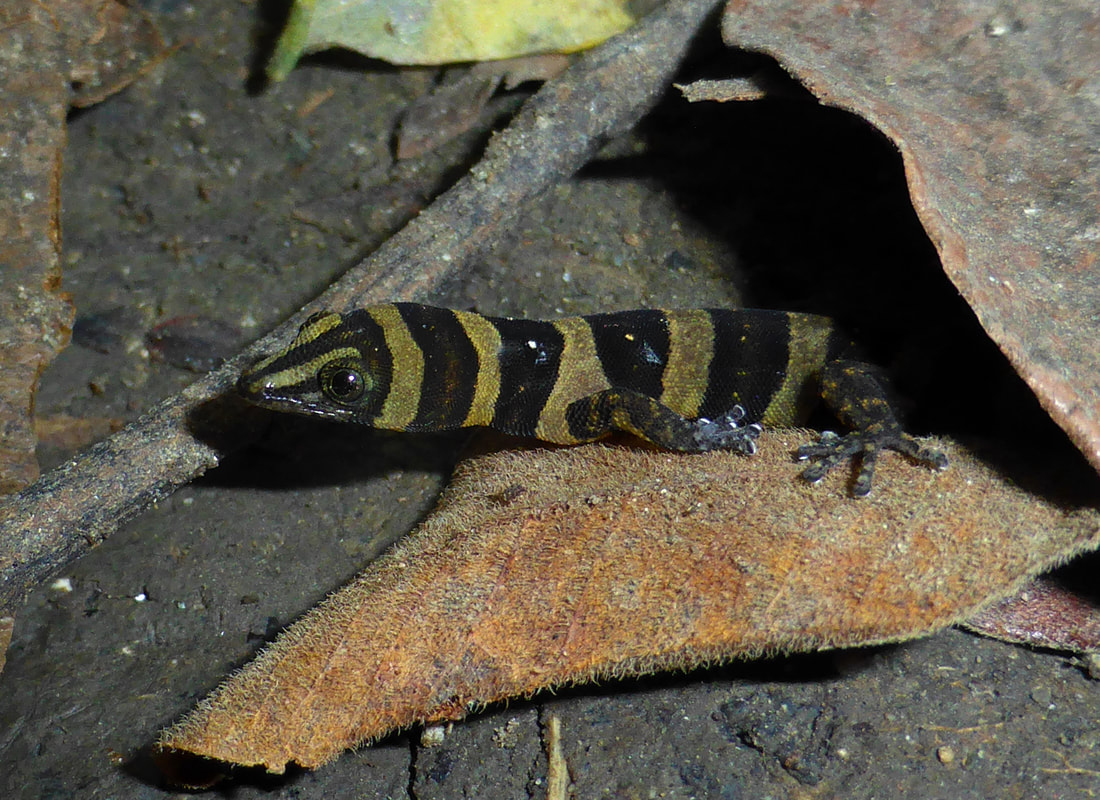At Guardalavaca everyone had breathed a big sigh of relief and after the clean-up of fallen trees and palms you would not notice anything different.
We had been in touch with friends in the area so knew that it had been a very dry summer and we were hopeful that the large quantity of rain that had fallen would have a beneficial effect on the vegetation and emergence of butterflies, and this proved to be the case. We had seen the start of this phenomenon last year when Hurricane Matthew swept through on 4-5 October 2016 but on that occasion we only stayed for a week after the hurricane hit. This time we arrived ten days after the rain had passed – and boy did it rain! According to official figures as of September 12, the 242 reservoirs managed by the NWRI contained about 5,500,000,000 cubic meters of water representing an increase of 1.9 billion cubic meters (rising from 40 to 61% of their total capacity) since September 5. After several years of low rainfall that was causing concern (and water shortages) in some areas this was the only beneficial effect of the hurricane.
We noticed the effect straight away but I will just give the highlights of the trip here:
- Large numbers of the endemic Cuban Kite Swallowtail Eurytides celadon – up to 100 per day.
- Three new butterflies – adults of Painted Lady Vanessa cardui and Bartram’s Scrub-Hairstreak Strymon acis and larvae of Canna Skipper Calpodes ethlius amongst a total of 96 species seen.
- Watching another endemic butterfly the Cuban Peacock Anartia chrysopelea female laying eggs, something only rarely seen before.
- Two new birds – Palm Crow and Northern Jacana.
- Lots of new reptiles.
- Several new Odonata.
- And some good moths too.


 RSS Feed
RSS Feed